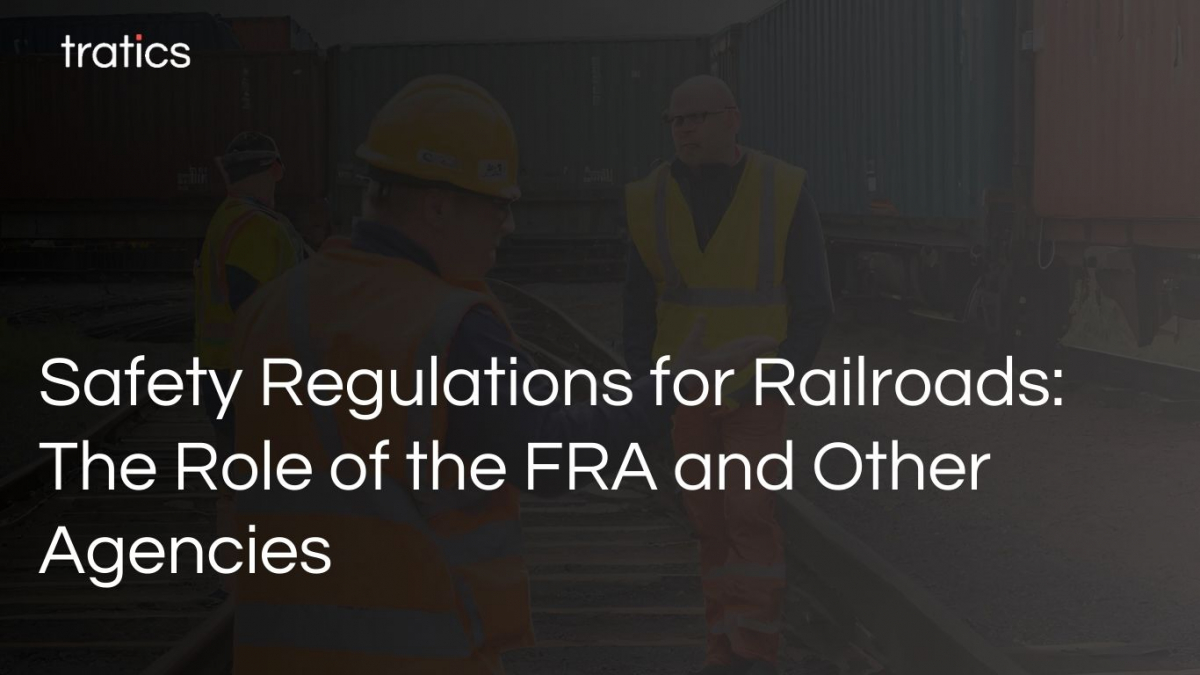Having introduced and discussed the critical importance of safety in railroad transportation in our previous post, we now turn our attention to the regulatory framework that governs this sector. In this post, we'll explore the role of the Federal Railroad Administration (FRA) and other key regulatory bodies.
The Federal Railroad Administration (FRA): A Central Role in Safety
The FRA, an agency within the U.S. Department of Transportation, plays a pivotal role in overseeing America's railroads. Its primary mission is to enforce rail safety regulations, administer railroad assistance programs, and conduct research and development in support of improved railroad safety and national rail transportation policy.
One of the FRA's key responsibilities is developing and enforcing regulations aimed at ensuring railroad safety. This includes regulations on the mechanical condition of trains, the health and safety of railroad workers, track maintenance, and the transport of hazardous materials.
The FRA is also instrumental in collecting and analyzing data on railroad safety. This data helps identify trends, potential safety hazards, and areas in need of improvement or increased regulatory attention.
Other Key Players in Railroad Safety Regulation
State and Local Agencies
While the FRA is the primary federal body responsible for railroad safety, state and local agencies also play significant roles. They work in conjunction with the FRA to monitor and enforce safety standards and regulations within their jurisdictions.
Industry Groups and Associations
Railroad companies and industry associations also contribute to safety. Through initiatives like the adoption of best practices, collaboration on safety technologies, and voluntary compliance programs, these groups complement the regulatory efforts of governmental agencies.
International Collaboration
Given the international nature of freight transportation, U.S. regulatory agencies often collaborate with their counterparts in other countries, especially Canada and Mexico, to ensure safety standards are maintained across borders.
Challenges and Ongoing Efforts
Despite the strong presence of a regulatory framework and implementation, challenges remain. Adapting to technological advancements, dealing with the complexities of transporting hazardous materials, and managing the human factors in railroad operations are ongoing issues. The FRA and other bodies continuously work to address these challenges and adapt their regulations to the evolving landscape of freight rail transportation.
Understanding the regulatory landscape is crucial in comprehending the broader picture of freight railroad safety in the U.S. In our next blog post, we will delve into the innovative safety technologies and practices employed in the industry.

